
Overview of Viral Skin Infections
An "infection" can be defined as an invasion of harmful microorganisms that poses a risk to health. Infections can be caused by bacteria, parasites, fungi, and even virusoids (single-stranded RNAs that rely on viruses to replicate). Many infections are, however, viral — caused by viruses.
Viruses work by latching onto a cell, leaving their genetic material behind, and forcing the cell to create more viral copies.
Many viral infections can affect the skin, in which case they can be called viral skin infections. Viral infections that affect the skin may also cause systemic problems throughout the body, however.
Viral Infection: Diagnosis
When it comes to diagnosing infectious diseases, the process can take a long time as the signs and symptoms are comorbid with numerous other conditions, meaning that many conditions have similar symptoms.
In order to assess what is causing a specific infection, samples of the urine, stool, or blood are utilized. When necessary, X-Rays can be performed to further help with the assessment that eventually leads to a correct diagnosis. Another kind of test that is widely used constitutes fluid drawing from the spine to test for cerebral infections. When diagnosing children with inflammation, medical care professionals rely on the symptoms such as high fever and heavy breathing as well as any related input from the parents.
When Your Skin Is Affected by Viral Infection
In the case of viral skin infections, they vary in symptoms as well as in severity. For instance, a condition called herpes zoster results in chickenpox. Similar to herpes simplex, the virus of the herpes zoster is located in the sensory nerve cells. Herpes zoster usually attacks children and is very easily spread when in active state.
The virus is usually present in the area of the skin supplied by a single spinal nerve. The signs include a rash which evolves into an abrasion and it is often found on the chest.
The rash is present for a week or so, while the healing process lasts for up to a month. In individuals with a weaker than normal immune system the virus can lead to a more serious condition. Other symptoms include itching and in some cases painful discomfort. When it comes to long term consequences, in most cases they go as far as scarring or change in color of the skin. In young individuals the healing process takes a shorter period of time while the elderly fight it a little while longer.
Antiviral drugs are easily administered and have been found to be particularly helpful. Proper hygiene is also part of the treatment as the rash needs to be kept clean. Close physical contact with other individuals should be avoided until the virus goes back to its inactive stage unless the infected area can be covered.
In addition, herpes simplex, for instance, is responsible for cold sores and genital herpes, and it is usually found in the sensory nerves of the skin. From the nerves it travels onto the surface and results in an abrasion. In time the virus pulls back and remains still until the next encounter. In case of the viral infections that are active and on the surface of the skin, the virus is easily transferable to another person.In addition, the type of herpes simplex which causes cold sores is highly prevalent in the developing world, affecting children in many cases. The prevalence is substantially lower in the developed world.
The kind of herpes simplex which results in genital herpes is transmitted sexually. Bodily fluids such as genital secretions and saliva contain an abundance of viruses when they are active and the possibility of becoming infected after coming into contact with an infected individual can be up to 1000 times greater than when the virus is inactive. The viruses can enter the body in many ways, including thumb sucking and nail biting. Once the virus enters the body it resides in it for a substantial period of time. It rotates from an active to an inactive state.
When the initial infection initially presents, the immune system fights it off, either on its own or with the help of appropriate medications. It is highly probable that in many instances when the immune system is weakened the same virus becomes active again and causes an infection.
Aside from the reduced strength of the immune system there are other factors which play a role in reactivation of old viruses. For instance, sun tanning is known to trigger some of them, and so are types of hormonal imbalance. Different types of trauma, psychological and physical stress, or idiopathic reasons can all activate viruses. Proper medications in most cases descend the inflammation. Another type of viral skin infection includes mollescum contagiosum. The condition is more prevalent in children than adults and is manifested through the presence of pimples, especially in damp areas such as behind the knees. The pimples are pink and there may be a few of them or they appear in large numbers on an individual. Mollescum contagiosum is mostly harmless but enduring, with the healing process lasting from a few months to a few years.
Some of many viral infections that can cause skin rashes or lesions include:
- Measles
- Rubella (also known as German Measles)
- Mononucleosis
- Chickenpox
- Yellow fever
Should you have a persistent skin rash or one that causes you enough discomfort to be worried, and you have no immediately obvious explanation for the rash (like contact with poison ivy), it is always wise to check in with your doctor to ask for further instructions. While many skin rashes aren't viral, and will quickly subside on their own, some can be dangerous.


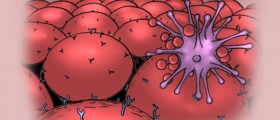

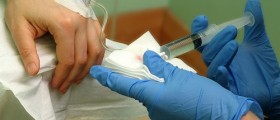




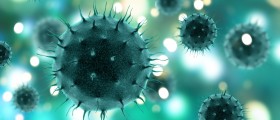
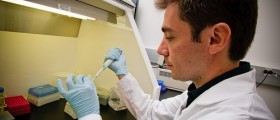



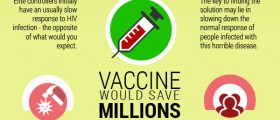


Your thoughts on this
Loading...